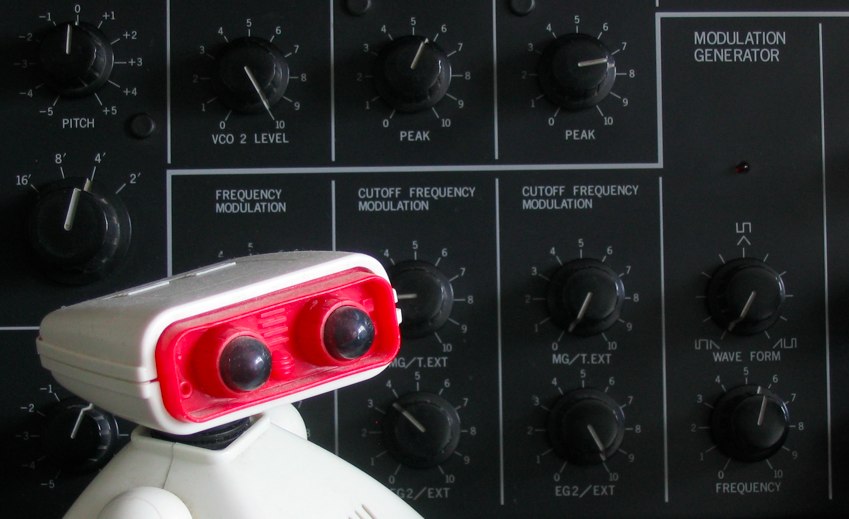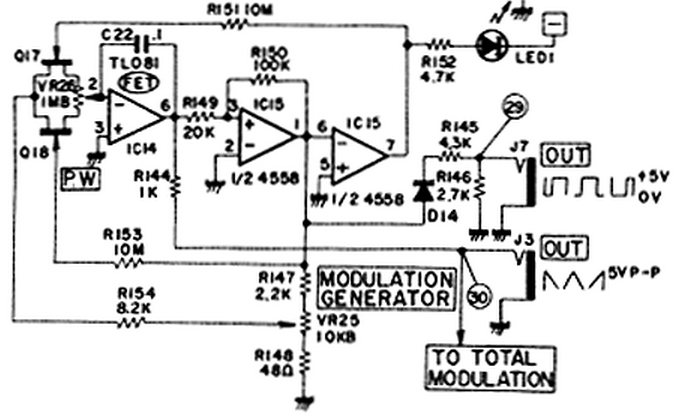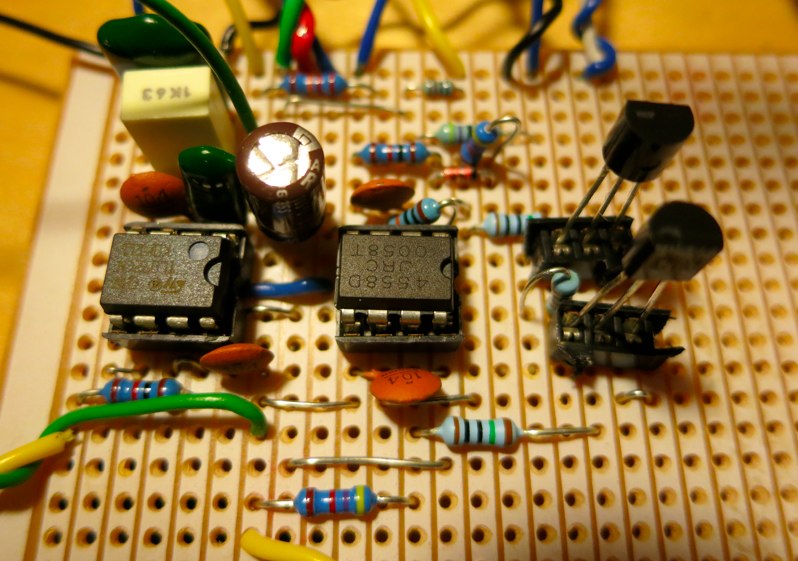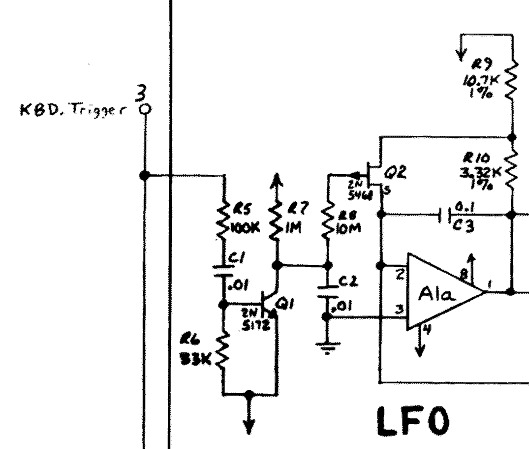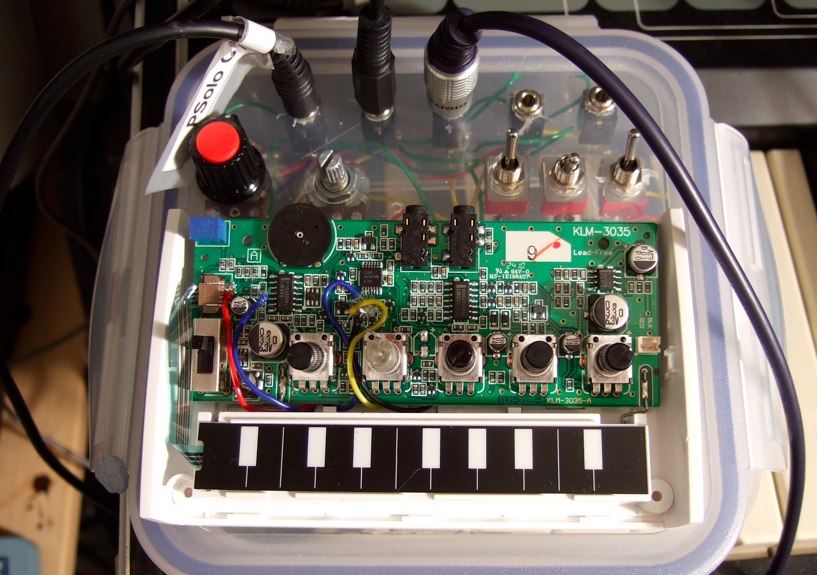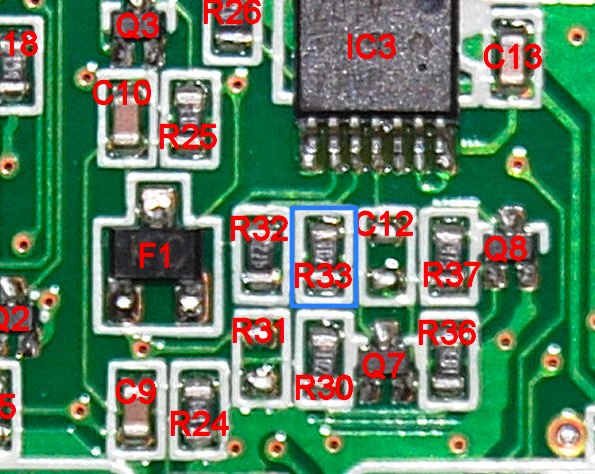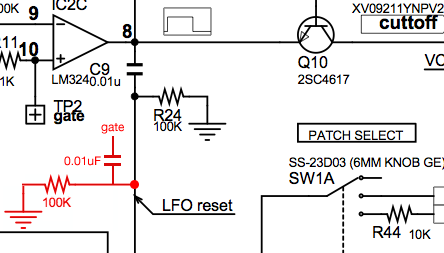Korg MS-20 LFO stripboarding
Remember actually making music, not just fiddling with a resistor and a voltmeter and swearing? No? Never mind. I liked the MS20 modulation generator, the skewing of the waveform is quite fun. Here’s the schematic.
Which turns into this (via Marjan Urekar’s additions)
which came out like this
Which works. After the obligatory tracking down of a few shorts, anyway. Here’s the ramp up on the square wave of an Analogue Systems RS-95 oscillator, it’s just as you’d expect. It’s really loud, turn it up so that it scares the shit out of the cat.
I need to do a bit more experimentation with the sizes of the capacitors. The smallest 1nF cap goes well into the audio range, but there’s something odd that happens to the waveform as it gets past a certain point. The 1uF cap allows the cycle to last for nearly two minutes. It’s just under 6v peak-to-peak, I’m wondering whether to boost it to 10v-pp. With the larger capacitors, the oscillation reset is revealed as being quite slow. On a slow speed setting with a ramp you get a fast slide down, like a zap, rather than a hard fall.
After scouring the s-diy archives for more on the MS20 LFO, hoping for a reset hack, I find that Tony Allgood had already done it on his Little LFO using a DG403 switch. Which renders my careful stripboarding a bit superfluous, but anyway. Taking the chance to do a bit of learning, but not that much, I’ve been experimenting with making it resettable. The accepted method for resetting this kind of circuit seems to be to short out the capacitor. Through some fiddling I learned that just shorting it wasn’t enough, it needed to be shorted to a negative voltage to make the waveform start from the bottom. Someone had previously recommended looking at the ARP Odyssey LFO for inspiration, this thing :
I’ve been using a 2N5460 for the JFET at Q2 and a BC550C at Q1, and pretty much just glued the stuff around the opamp on to the first opamp in the MS20 circuit. From experimenting a bit, I replaced the resistor at R9 with a pot so I could dial in the right voltage to reset to. So it works, or near enough. On a ramp down, it sounds ok – here I’m stabbing away at the (noisy) System 100 keyboard to reset the LFO.
But on a ramp up, it’s not quite so good.
Rather than getting falling instantly to -v, it does a sort of zap as though it is falling from +v max, rather than a smaller zap down from wherever it is at the time. Making C2 in the Odyssey circuit a bit smaller seemed to help a bit, I had it at 15nF for the experiments above. Making it too small just killed the LFO. I’m in two minds whether to keep fiddling and try and learn exactly what the circuit is doing to try and fix it, or just say fukkkkkkit, done, move on.

